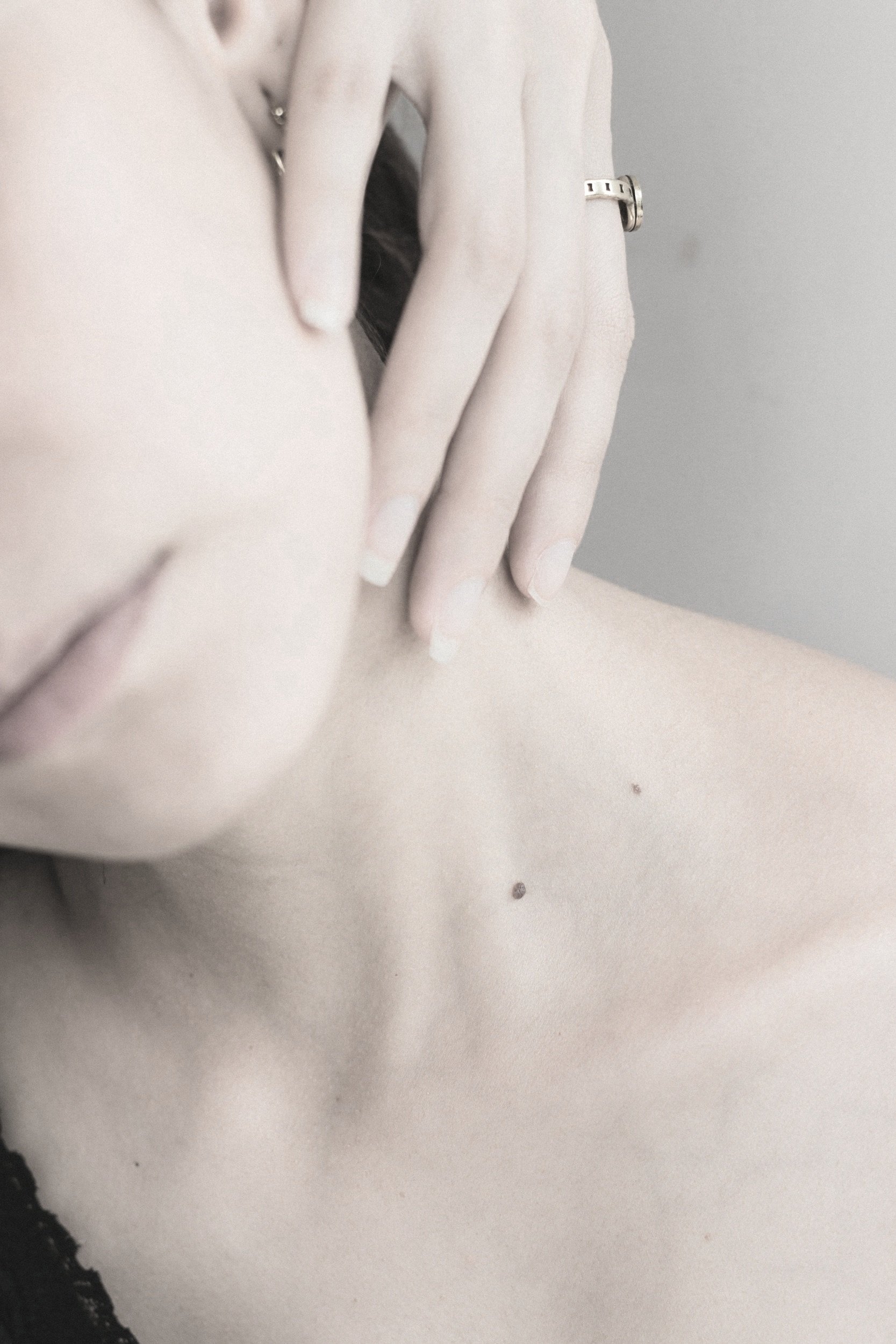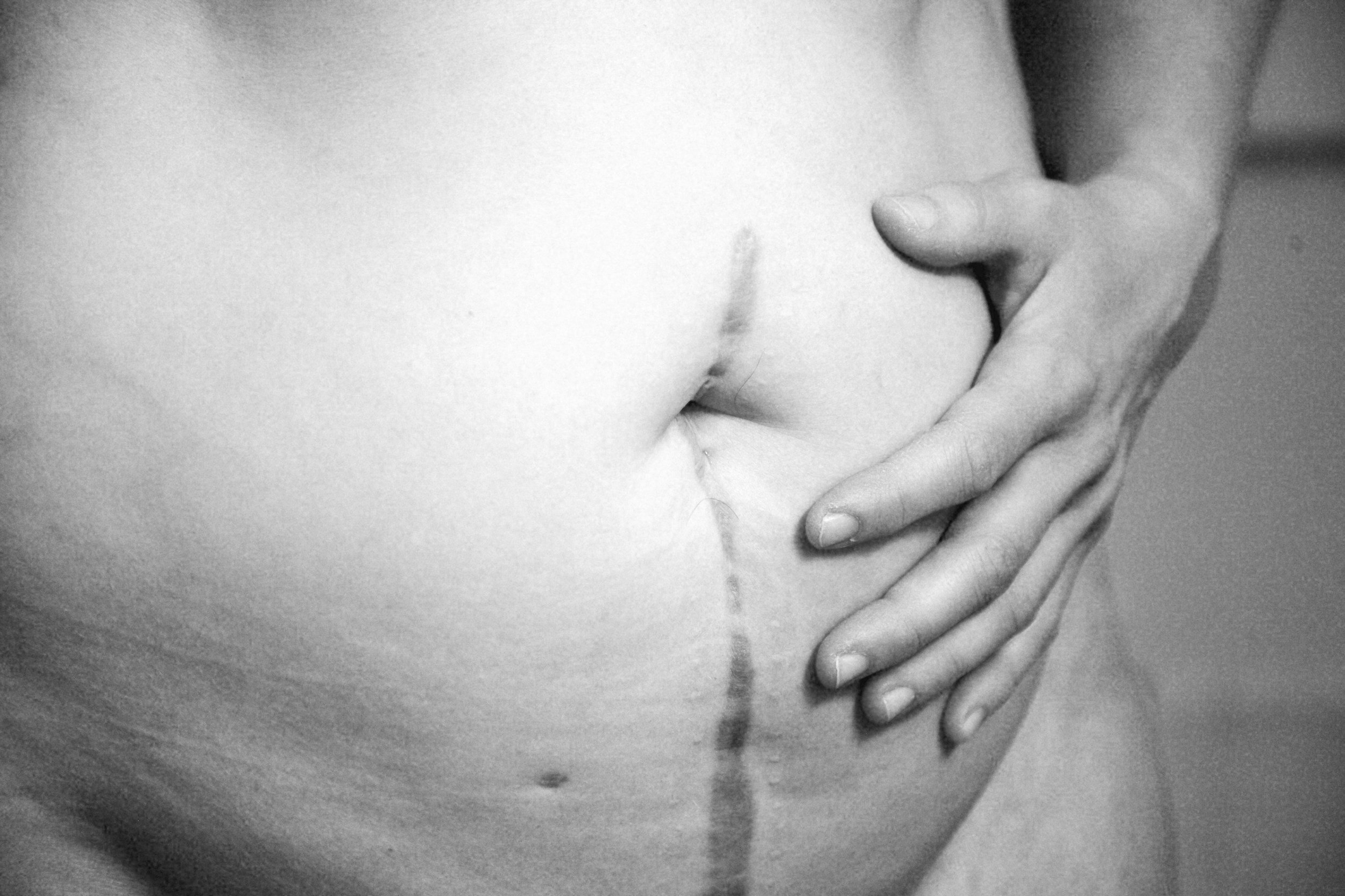Procedures: Skin
Mole Removal
Mole removal is a common procedure performed for both cosmetic and medical reasons. While most moles are harmless, some may cause discomfort, irritation, or raise concerns about potential skin cancer. Many patients choose to have moles removed to improve their appearance or to eliminate growths that may be catching on clothing or jewellery.
The procedure involves a careful assessment of the mole’s size, shape, and location. Depending on these factors, the mole can be removed using either surgical excision or shave removal. In cases where a mole exhibits suspicious features, a biopsy may be conducted to rule out malignancy. The procedure is typically performed under local anaesthesia, ensuring minimal discomfort.
After mole removal, patients can expect a small scar that fades over time with proper care. Advanced surgical techniques help ensure the best cosmetic outcome, and if necessary, scar revision treatments can be performed later to improve the final appearance.
Lumps and Bumps Removal
Benign skin lumps and bumps, such as cysts, skin tags and lipomas, can develop anywhere on the body. While usually harmless, they can cause discomfort, restrict movement, or be aesthetically undesirable. Many people seek removal for peace of mind or to restore smooth, even skin.
Lumps and bumps removal is a straightforward procedure performed under local anaesthesia. Depending on the type of lump, the treatment may involve surgical excision or drainage. For deeper or larger growths, precise surgical techniques help ensure complete removal while minimising scarring.
Patients typically experience minimal downtime and can return to daily activities quickly. The treated area heals over the following weeks, leaving behind a smoother, blemish-free appearance.
Skin Cancer Removal
Early detection and treatment of skin cancer are crucial for successful outcomes. Skin cancer removal involves the excision of cancerous or pre-cancerous lesions to prevent further spread and ensure complete eradication. The most common types treated include basal cell carcinoma (BCC), squamous cell carcinoma (SCC), and melanoma.
The procedure varies depending on the type and severity of the skin cancer. It may involve simple excision, or reconstructive techniques for larger excisions whilst ensuring preservation of essential or cosmetically sensitive tissues. The primary goal is to achieve clear margins—ensuring all cancerous cells are removed—while optimising the cosmetic outcome.
Recovery depends on the size and location of the removal, but most patients heal within a few weeks. In cases requiring larger excisions, reconstructive surgery or skin grafting may be used to restore natural appearance. Patients are encouraged to follow up with regular skin checks to monitor for any new or recurrent lesions.
Scar Revision
Scars can result from surgery, injury, burns, or acne, and while they are a natural part of healing, some scars may be raised, sunken, discoloured, or tight, impacting both appearance and function. Scar revision aims to improve the texture, colour, and overall appearance of scars, making them less noticeable.
Depending on the type and severity of the scar, treatment options may include steroid injections or surgical revision. Surgical scar revision involves re-excising the scar and carefully repositioning the skin to create a more refined, discreet result.
The outcome of scar revision depends on individual skin healing and the type of treatment used. While no procedure can erase a scar completely, modern techniques significantly reduce their visibility, restoring a smoother and more natural-looking appearance. Patients are provided with aftercare guidance, including silicone therapy and sun protection, to enhance the final results.







